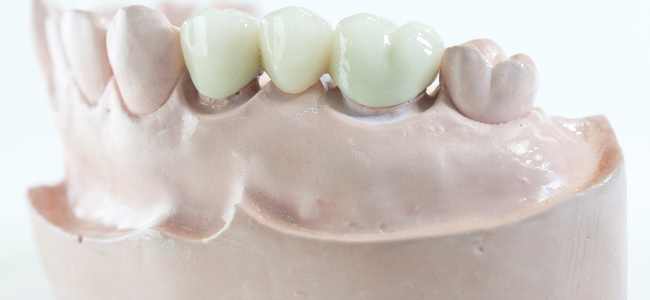Have you ever considered getting a dental bridge? Around 178 million Americans are missing at least one tooth, so if you’re part of that figure you definitely aren’t alone!
While there are a few different options, dental bridges are definitely one to consider. However, there are plenty of different dental bridges available — you can learn more about the types of dental bridges here if you keep reading on!
Traditional Bridges
These are the most popular types of bridges, with many people sporting them in their mouths. Should your natural teeth already surround the missing tooth on either side, they’re ideal as they essentially consist of at least one fake tooth. Two abutment teeth then support it.
Abutment teeth are natural teeth that get dental crowns to support the pontic teeth. These bridges are most often made from ceramic or porcelain which is then fused to metal, making them strong enough to replace molars.
However, to put dental crowns onto your teeth, you’ll need to have some enamel removed. Unfortunately, this enamel won’t grow back, so you’ll always need crowns on these teeth — you can learn about dental bridges here for more information too.
Cantilever Bridges
These are similar to traditional bridges in that they are still joined to an abutment tooth, but not on both sides — just one. Hence, they’re used when your natural teeth are only on one side of the gap or missing tooth.
Again, your dentist will need to remove the enamel on the abutment tooth to fit the dental crown, but there’s a slightly higher risk of complications due to the bridge only being supported on the one side. The risk of fractured teeth, loose crowns, and similar complications are a little higher than with traditional bridges.
Maryland Bridges
When you need to replace teeth at the front of your mouth, Maryland bridges can be your best bet.
Metal or porcelain bands are used, and they bind the pontic tooth to your adjacent natural teeth. An advantage they have over the dental bridge types above is that adjacent teeth don’t need to have their enamel removed — crowns don’t hold this type of bridge in place.
However, Maryland bridges aren’t as strong as other types. Where teeth experience plenty of force, they might not stay together — for this reason, these resin-bonded bridges are better suited to the front of your mouth.
Implant-Supported Bridges
These aren’t too different from traditional bridges for teeth but are supported by implants instead of natural teeth. If you have multiple missing teeth, they might be used.
When put in place, one implant is inserted for each missing tooth, creating a sequence that then holds the bridge in place. To complete the process, you’ll need two different surgeries, so you might have a little wait.
Choosing Between Types of Dental Bridges
These are the main types of dental bridges, and it’s handy to know the basics around all of them. However, they won’t all be right for your specific needs. It’s best to discuss your options with your dentist and work on a sensible plan for you, so you can get the dental bridges you need!
For more advice on taking care of your body, check out some of our other posts — we might have just what you’re looking for.


